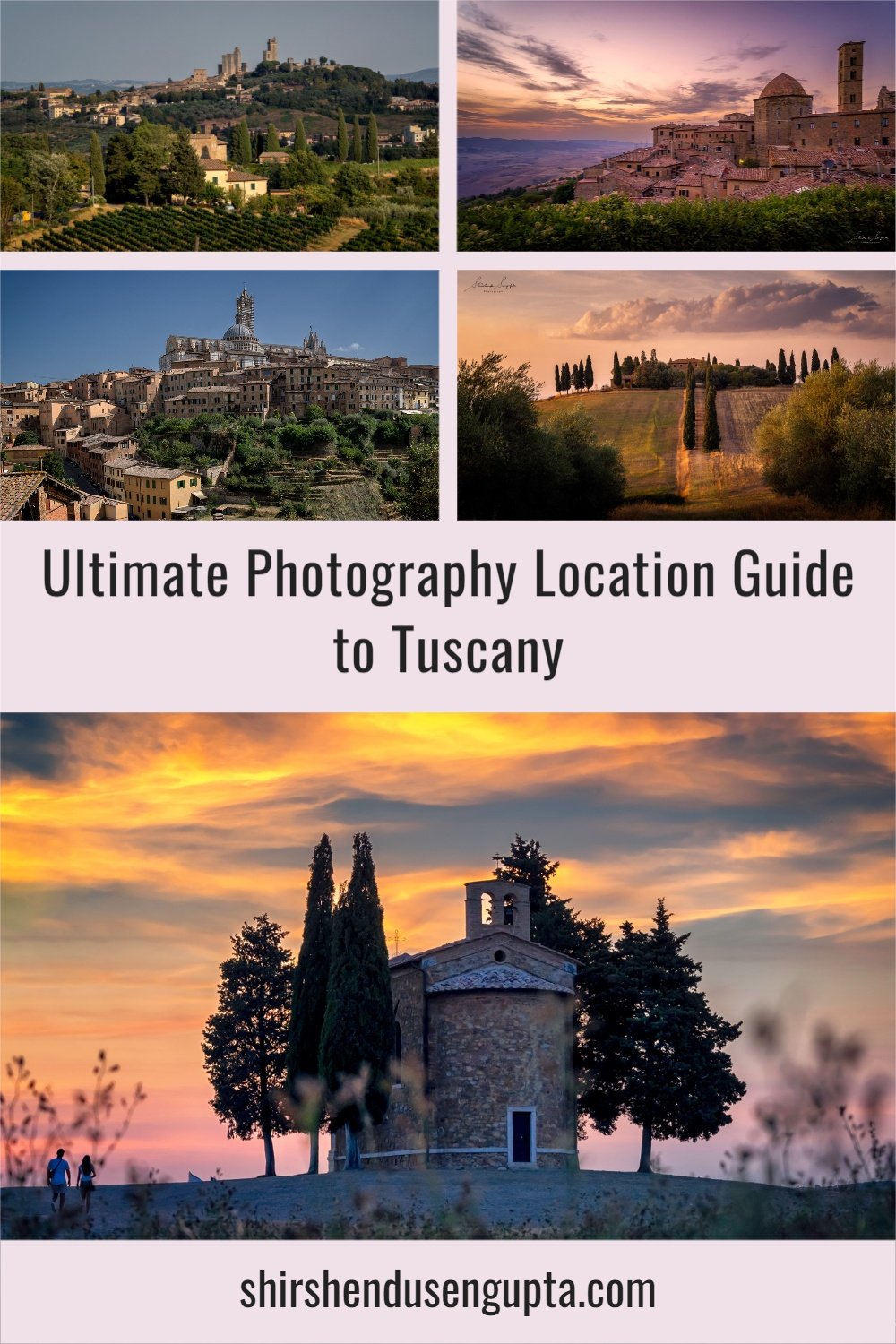The Best of Belgrade | 3 Most Popular Attractions in Belgrade, Serbia
Prologue
During a memorable Easter, we set off on a marathon road run, An Easter in Eastern Europe | A 6000 km Road Trip across Poland, Slovakia, Romania, Serbia, Bosnia-Herzegovina, and Austria from the Netherlands. This journey was more than just a long drive; it was a marathon of discovery, filled with charming towns, stunning landscapes, and cultural experiences that left us in awe at every turn. From historic city squares to winding mountain roads, each day brought new adventures and unexpected surprises. So, based on our experience, today I’m going to take you along with me on a ride across the 3 most popular attractions in Belgrade, the capital city of Serbia. Let the journey begin!
We also embarked on another adventure named A Summer in Eastern Europe | An 8000 km Road Trip across Slovenia, Albania, North Macedonia, Kosovo, Bulgaria, Romania, and Slovakia from the Netherlands | Travel Itinerary, Tips, and Tricks. From winding mountain roads to sun-soaked coastal towns, each stop offered its own surprises and adventures. If you’re curious to follow along on this epic summer journey, be sure to give it a read as well!
Welcome to Belgrade
Belgrade is a contemporary European city with a population of about 1.7 million. It is the administrative, cultural and political center of Serbia, a landlocked country located in the west-central part of the Balkans peninsula, which was a part of Yugoslavia for most of the 20th century. Among the earliest cities in Europe and the only one built on the confluence of the two rivers Danube and Sava, Belgrade is the city that never sleeps. It is an icon of terrific nightlife. There are floating clubs on its rivers, and in Skadarlija, the bohemian street, the music be heard until dawn.
3 Most Popular Attractions in Belgrade
1. Temple of Saint Sava
Saint Sava (1175 - 1235) is the national hero of the Serbians. Known as 'The Enlightener,' he was born as a Serbian prince named Rastko Nemanjić, ended up being a monk, fought and got the Serbian church's autocephaly, and became its first Archbishop and lawmaker. He developed schools, healthcare facilities, and monasteries, amongst which the most prominent is the Hilandar abbey at Mount Athos. Many years on, he was declared a saint, and today the Serbs honor him at the greatest Orthodox Temple in the Balkans, the Saint Sava Temple in Belgrade.
Wherever you approach Belgrade from, there's one building you will not be able to miss. The pillar of Serbian faith - the monumental Temple of Saint Sava. To subdue the Serbs, the Turkish Vizier Sinan Pasha ordered the military to bring the sarcophagus containing the mortal remains of Saint Sava. On reaching Belgrade, the relics of Saint Sava were openly burnt by the Ottomans on a pyre on the Vračar plateau on May 10, 1594. Today the Church of Saint Sava, standing in the exact same location as a sign of faith and flexibility, is not just the biggest Serbian Orthodox church; it is the biggest Orthodox place of worship in the Balkans and among the biggest Orthodox churches worldwide. Its overall height reaches a remarkable 82 m, with the dome being 70 m high and the main gold-plated cross offering it an extra 12 m height. The central dome is 4,000 tons heavy, and its lifting was the best accomplishment of the building procedure. The lifting itself took 40 days. The belfry consists of over 49 bells and 18 gold-plated crosses on its domes. With a surface area of 3,500 sq. m on the ground floor, the Temple can get a fantastic 10,000 individuals at any time. It likewise has 4 galleries of 1720 sq. m on the first two floors of the church. The exterior is constructed with white marble and granite, contributing to its look of a gorgeous beacon of faith. However, its majesty is not in its size but in what it represents to the Serbians.
One of the most significant events in front of the Temple is on Christmas Eve. Countless followers collect around a massive open-air fireplace where the badnjak (a tree branch or an entire tree) is set on fire. That is how Christmas is celebrated each year with pleasure and enjoyment. Another magnificent occasion is the Orthodox New Year event, when Serbs welcome the brand-new year with sensational fireworks, dancing, laughter, and music.
2. Church of Saint Mark (Crkva Svetog Marka)
The Serbian Orthodox Church of Holy Apostle and Evangelist St. Mark, was constructed between World War I and World War II, from 1931 to 1940. On the Church's location, the sultans' order declaring Serbian autonomy within Turkey was read out in 1830.
During the German bombing of Belgrade on April 13th, 1941, the old structure was harmed, so in 1942, the Church's remainings were removed. By the start of the 20th century, a need to construct a larger church arose due to Belgrade's rapid development and population growth. In 1930, two siblings Petar and Branko Krstic (teachers at the Faculty of Architecture in Belgrade), finished designing the brand-new Church. The construction was put on hold due to WW II. After the war, on November 14th, 1948, the Church was consecrated (by Patriarch Gavrilo Dožić) and opened for general service.
3. House of the National Assembly
The House of the National Assembly of the Republic of Serbia is the seat of the Serbia Parliament. Before that, it was the Parliament of Yugoslavia and the Parliament of Serbia and Montenegro. The building's foundation was laid on August 27th, 1907, in the existence of King Petar I Karadjordjevic. It was built on the greatest Turkish Batal Mosque area, which was destroyed right after Serbia gained independence in 1878 and was no longer under Turkish reign.
Visiting Belgrade
Best Time to Visit: Late spring (May and June) and early fall (September and October) are the ideal times to visit Belgrade. The city is less busy and the weather is pleasant during these hours. Although it might be very hot, the summer (July and August) can still be fun because there are lots of festivals and a bustling environment. As mentioned earlier, we visited Belgrade during the Easter holidays in April.
Number of Days to Stay: A three-day Belgrade trip gives you enough time to take in the major sights, get a taste of the native way of life, and party all night long.
Best Place to Stay: The Old Town, or Stari Grad, is conveniently located near several important sites. You can also choose to stay in Dorćol, a hip district close to the Danube river that features a variety of historical sites, cafes, and restaurants. Alternatively, if your main purpose of visit is to see the St. Sava Temple, then you can stay in Vračar, a residential neighborhood close to the city center. We stayed in the Old Town.
Best Way to Arrive: The best way to get to Belgrade is via plane. The primary international airport is Nikola Tesla Airport, which is about 18 km from the city center. Belgrade has regular train connections from Hungary, Croatia, and Bulgaria to its surrounding nations. Belgrade is connected to numerous European cities by international and regional buses, which are frequently an affordable choice. Major cities are connected by well-maintained highways, making driving into Belgrade from nearby nations a possibility as well. We drove into Serbia from Romania.
Best Local Mode of Conveyance: The most economical and effective way to move around Belgrade is by public transportation, which includes a wide network of buses, trams, and trolleybuses. Cargo, an app that functions similarly to Uber, is a popular service, and taxis are generally accessible. Especially in the city center, many of Belgrade's prominent sights are easily accessible on foot from one another. Renting a bike or an electric scooter is become more and more common, and it's a handy way to see the city. But I want to caution you on one thing. Belgrade is the first city in Europe so far where I consider driving really really difficult. For people who find driving in Brussels or Paris challenging (which I see as a walk in the park), please don’t even dream about driving in Belgrade. You will wake up with bloody eyes. It’s horrible and can put many Indian big cities to shame! Apart from the lack of traffic rules, lack of street signals (most of them don’t work and simply blink yellow; instead there are traffic police showing signs by hand, which is the first time I saw in Europe), there is tremendous traffic. A drive of 3 km through the city in any direction at any time of the day takes roughly 45 minutes. And there is absolutely no street parking to be found and no parking garages in close vicinity of major tourist attractions. So avoid driving in Belgrade!
Epilogue
So that brings us to the end of our journey across the 3 most popular attractions in Belgrade. Please let us know in the comments below if you enjoyed reading this article.
If you wish to read the day-by-day account of our complete 6000 km road run across Eastern Europe during Easter, please visit our article An Easter in Eastern Europe | A 6000 km Road Trip across Poland, Slovakia, Romania, Serbia, Bosnia-Herzegovina, and Austria from the Netherlands. And if you’re curious to follow along on our other epic adventure, A Summer in Eastern Europe | An 8000 km Road Trip across Slovenia, Albania, North Macedonia, Kosovo, Bulgaria, Romania, and Slovakia from the Netherlands | Travel Itinerary, Tips, and Tricks, be sure to give it a read as well. Until then, merry traveling and happy shooting!
Pin the article
Bookmark the article for reading later!
Want to license/buy photos in the article?
License photos for commercial/editorial use or buy photo prints!
Want us to write an article for you?
Articles for magazines, newspapers, and websites!
Watch our Videos
Check out our videos on our Youtube Channel!
Join the Newsletter
Get updates on our latest articles!
We respect your privacy. Read our policy here.
































